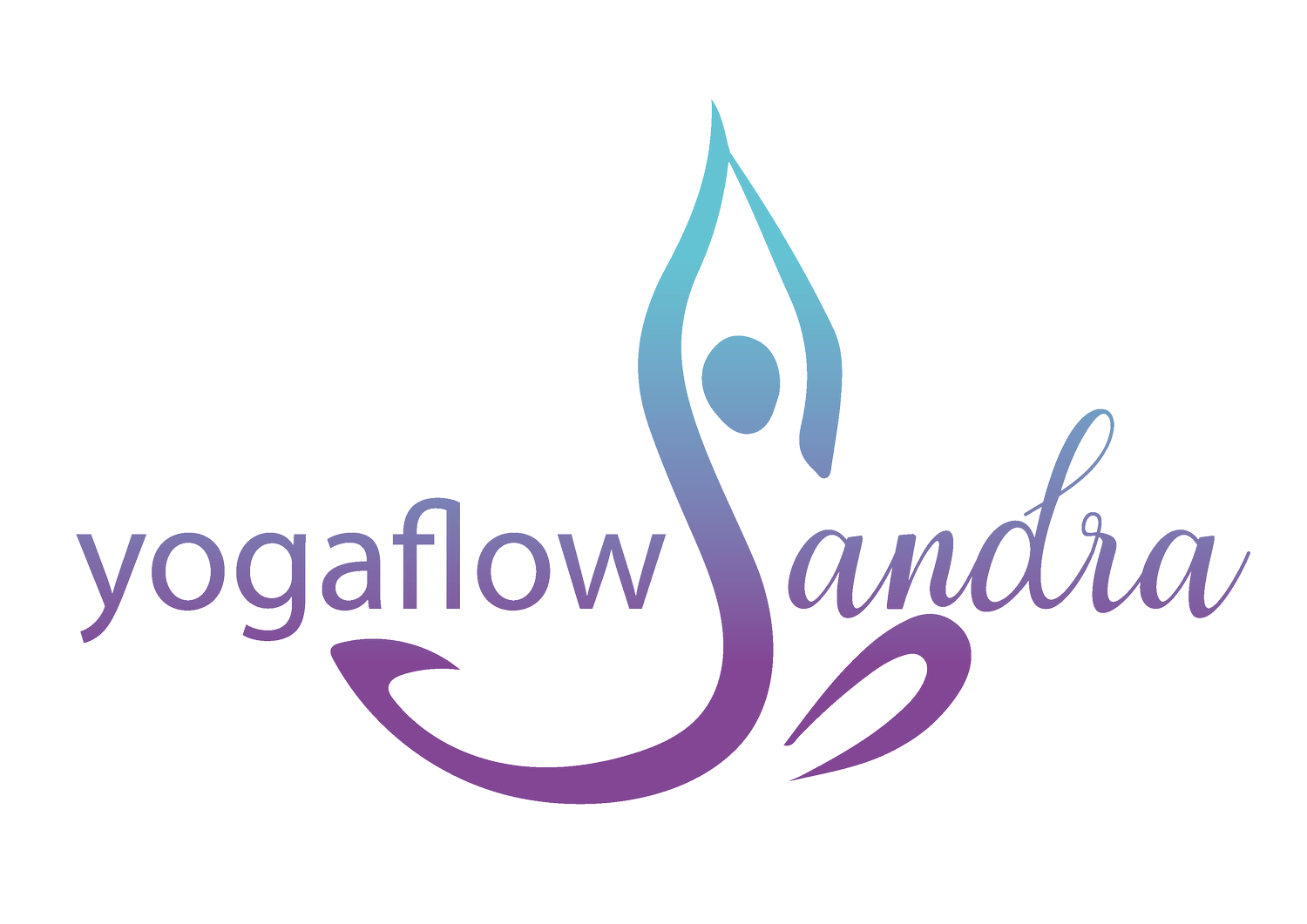There is something to be said about going back to my usual routine after time away. A routine creates structure, helps effciency and discipline, it reduces stress and uncertainty. I know what I am doing and when and I feel safe. But, as with everything, there is a counter argument. A fixed routine can sometimes feel overly linear and rigid, slightly monotonous. (The recurring thought of 'Is this it?') It has the potential to limit exposure to new experiences, hindering spontaneity and stifle creativity. There is a contrasting beauty in ‘just going with the flow’, embracing a softer and more circular approach to life.
Mandalas
The Sanskrit term "mandala" means "circle," or “disc” and it often takes the form of a circular pattern with intricate designs and symbols radiating from a central point. Mandalas are used in various spiritual traditions as tools for meditation and contemplation. They symbolize wholeness, unity, the eternal rhythms of the universe, and the cyclical nature of existence: birth, growth, decay, and renewal.
How to Meditate with a Mandala
Meditating with a mandala can be a transformative and calming experience. Here's a simple guide to try.
Choose Your Mandala: Select a mandala that you like. (Every now and then I unwind by colouring in a Mandala, or you can use online images, or physical prints).
Create a Calm Environment: Find a quiet and comfortable space where you won't be disturbed. Dim the lights. turn off phone, ask people to leave you alone for a bit.
Get Comfortable: Sit in a relaxed yet alert position. You can sit cross-legged on the floor or use a chair, ensuring your back is straight, and your hands rest comfortably on your lap.
Focus on the Centre: Place the mandala at eye level. Begin by concentrating on the central point of the mandala. Let your gaze soften, allowing the patterns and designs to unfold naturally.
Breathe Mindfully: Take a few deep breaths to centre yourself. Inhale and exhale slowly, focusing on each breath. Let the rhythm of your breath align with the patterns of the mandala.
Follow the Patterns: Gradually let your eyes explore the intricate details of the mandala. Trace the patterns, circles, and shapes with your gaze.
Release Distractions: If your mind starts to wander, gently bring your focus back to the mandala. Acknowledge any thoughts without judgment, and let them drift away as you return to the present moment.
Deepen Your Meditation: As you become more comfortable with mandala meditation, you can experiment with visualizing yourself within the mandala or allowing the colours to represent different aspects of your emotions.
Reflect and Conclude: After 10-15 minutes, close your eyes and take a moment to reflect on your experience. Notice any sensations, feelings, or insights that arose during the meditation.
Express Gratitude: Before concluding your session, express gratitude for this moment of mindfulness. Slowly transition back to your daily activities.
Mandalas in Art
Mandalas can be found in art, architecture, and religious practices around the world, each carrying unique cultural and spiritual significance.
Some examples:
The Sand Mandalas of Tibetan Buddhism: Intricately designed and created with coloured sand, these mandalas are meticulously constructed and then ritually dismantled to symbolize the impermanence of life. (here's a video of Tibetan Monks Creating a Sand Mandala)
The Sri Yantra: A complex geometric figure composed of interlocking triangles, this mandala is revered in Hindu and Tantric traditions as a visual representation of the divine feminine energy. (more about Sri Yantra)
The Flower of Life: A geometric pattern of overlapping circles, found in various ancient cultures, symbolizing the interconnectedness of all life and the unity of creation.
Navajo Sandpaintings: Used in Native American Navajo ceremonies, these temporary mandalas are created with coloured sand and depict spiritual stories and healing symbols. (More here & here)
Medieval Christian Rose Windows: Seen in cathedrals like Chartres and Notre-Dame, these intricate stained-glass windows often incorporate mandala-like patterns with religious symbolism.
Mandala in Hindu and Buddhist Temples: Many temples in these traditions feature mandala designs in their architecture, paintings, and sculptures, reflecting spiritual concepts and cosmology. (More here for Hindu Mandalas & example of Mandala in Hindu Temple & example of Mandala in Buddhist temple)
Mandala Yoga
The yoga we practice today is rather ‘linear’. We even have a rectangular mat, often with lines drawn on it for extra guidance, which defines our movements. Yoga cues mention ‘the front/back of the mat, a straight line from A to B, length in the spine, straightening this or that’. But our bodies aren’t straight. There are no perfectly straight lines in nature.
I am not saying the linearity of yoga is all wrong. But what about exploring the non-linear?
There is a relatively new form of yoga (emerging in the early 2000s) called Mandala Yoga, also known as Mandala Vinyasa or Mandala Flow. It is a yoga style which uses the principles of mandala design to create a flowing, meditative practice that circles the mat 360 degrees. before repeating the sequence in the opposite direction.
Releasing the body from fixed points of 'front' and 'back' the body is able to move more expansively and creatively through a freer range of shapes and planes.
Call to Action
What can you do to shake up your routine? Maybe it’s take a different route to work, maybe you try yoga without the confines of the mat, or maybe try meditating with a mandala.
Here is a mini mandala like flow, if you wanted to try it. (Dog not obligatory ;)

